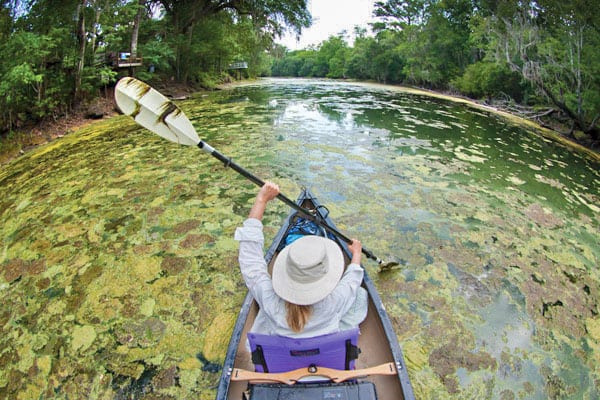There is hope on the horizon to alleviate Florida’s water pollution woes. In October, by an overwhelming vote, the U.S. Senate approved major water resources legislation and sent it to President Donald Trump. His signature, which is expected, would clear the way for steps to reduce the massive algae blooms choking Florida’s coasts.
Included in a nationwide list of projects authorized by the Water Resources Development Act (WRDA) is the Everglades Agricultural Area (EAA) Southern Storage Reservoir. The project would send excess water from Lake Okeechobee to Florida Bay and the Everglades instead of down the St. Lucie and Caloosahatchee river systems. It would provide freshwater to the water-starved Everglades while reducing the discharge events of nutrient-laden output from Okeechobee that pollutes Florida estuaries on both coasts.
WRDA also authorizes and funds the U.S. Army Corps of Engineers to conduct a five-year study to develop technology for large-scale filtration of water to prevent and manage harmful algae blooms.
While it might take a few years for the U.S. Army Corps of Engineers to secure federal funding for the reservoir project, a mechanism for funding the state’s portion of the project was approved be the state legislature in 2017. Once federal funding is secured, construction of the reservoir could take a decade or more.
